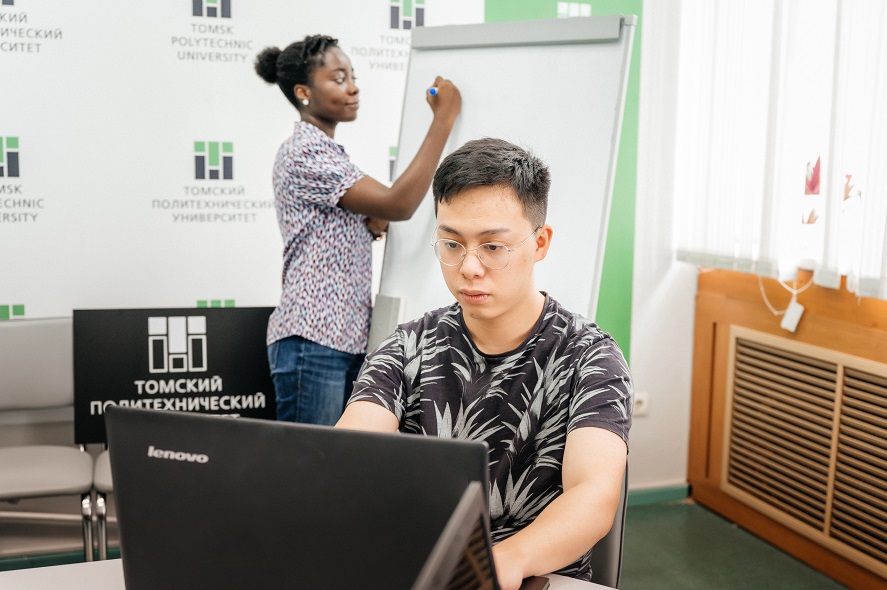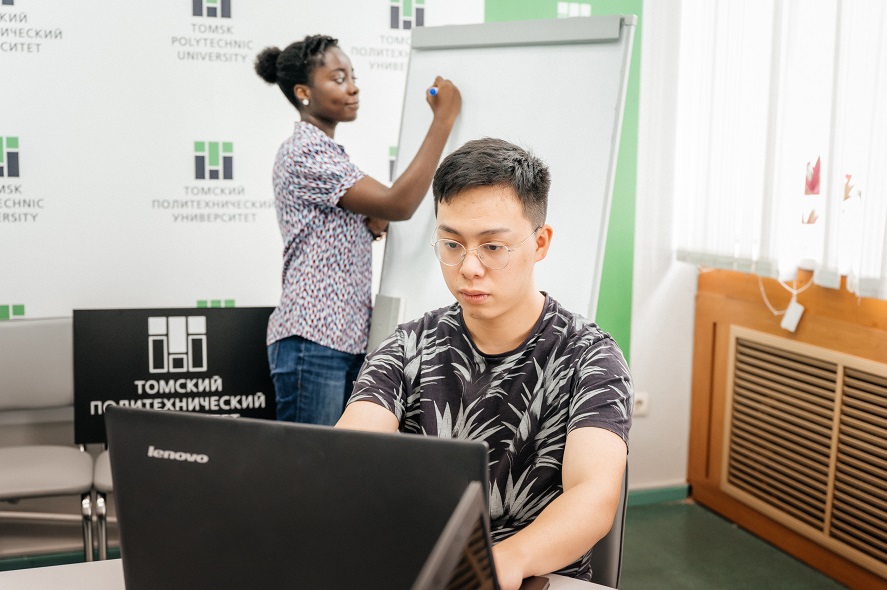The transformation of engineering education in Russia became a key topic of a round table that was held within U-NOVUS’2021, a forum of young scientists at Tomsk Polytechnic University on September 29. Rectors of leading Russian universities training engineers took part in the round table. Dmitry Sednev, Acting Rector of TPU, stated to the journalists before the discussion beginning that the round table must become a starting point for systemic work to unite the best Russian engineering universities in the New Engineering Education of Russia consortium.
“A right final of today’s meeting can be called a launch of new work on creating a consortium. Today, representatives of leading technical universities, who already possess the best practices of engineering education, gathered here. We hope that the TPU initiative to create a consortium will be supported. We will be able to start forming a concept of joint work where leading institutions in the specialized area will search for new models of engineering education, polish up and replicate them nationwide,” Dmitry Sednev, Acting Rector of TPU, said.
Liudmila Ogorodova, Deputy Governor for Scientific and Educational Complex and Digital Transformation, tied up a necessity to transform a system of training new engineers with an update of technologies with which engineers work.
“We see how technologies update, therefore engineering schools must renew as well. Aspirations of any country renew too. Nowadays, Russia thinks globally. Meanwhile, a global challenge is an area of great uncertainty.
I will introduce an example. Today, we got used to that a business partner orders the development of an educational program. When we speak about absolutely new areas such as engineering biology, who will order staff training if there are no such companies yet? Universities must train such staff. Tomsk is a recognized educational center where the training of such staff for the long run is possible,” Luidmila Ogorodova said.
Rectors, vice-rectors and heads of relevant departments of TPU, Tomsk State University, Tomsk State University of Control Systems and Radioelectronics, National Research University Higher School of Economics, Peter the Great St. Petersburg Polytechnic University, National Research Nuclear University MEPhI (Moscow Engineering Physics Institute), Novosibirsk State University and Novosibirsk State Technical University, Ural Federal University, Far Eastern Federal University, National University of Science and Technology MISiS, Tyumen State University, Cherepovets State University, Saint Petersburg Electrotechnical University LETI, as well as representatives of the industry: Gazprom Neft and the Science and Technology Center of Gazprom Neft took part in the U-NOVUS’2021 discussion.
“Speaking about what is essential for the development of engineering education, I would emphasize a few important areas. First, it is simulation introduction of company operational environment in the educational process as logic to form an environment for capacity building. Second, these are soft skills and systematic thinking. Third, it is technology entrepreneurship.
Furthermore, it is vital to understand that without the active involvement of companies and interfacing of our activity, it will be challenging to train experts able to transform the industry. Actually, there is a problem that business and the industry transform faster than educational processes and standards.
In that kind of cooperation, in that kind of permanent communication that we have with our partner universities, for instance, with Tomsk Polytechnic University, we are able to form such educational projects and programs,” Pavel Sorokin, Program Head of the Expertise and Functional Development Unit of the Science and Technology Center of Gazprom Neft, said.
New Engineering Education is one of three strategic areas, which are in the focus of TPU for its program development for the next 10 years. Tomsk Polytechnic University was selected for the Priority 2030 program. Priority 2030 is the largest national program to support the development of universities in post-Soviet Russia.












